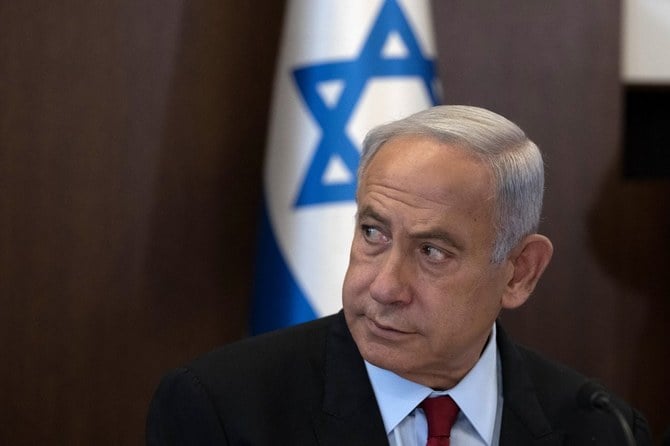
Since the start of the civil war in Syria in 2011, belligerents -- in particular the regime of President Bashar al-Assad -- have been accused on numerous occasions of using chemical weapons.
As the United States warns of retaliation should toxic weapons be used in a looming offensive on the last rebel-held province of Idlib, here is a look back over previous incidents collected by Agence France-Presse.
- Sarin gas -
In August 2013, regime forces carry out attacks in Eastern Ghouta and Moadamiyet al-Sham, rebel-held areas outside Damascus.
The opposition accuses the regime of using toxic gas in the attacks which kill around 1,400 people, including more than 400 children.
The government -- which acknowledged in 2012 that it had chemical weapons -- denies the allegations.
Doctors Without Borders says 355 of the dead had "neurotoxic" symptoms.
Despite insisting the use of chemical weapons was a red line, then US president Barack Obama held back on retaliatory strikes instead striking a deal with Russia on the dismantlement of Syrias chemical arsenal under UN supervision.
In mid-September, a UN report says there is clear evidence sarin gas was used.
- Chlorine, mustard gas -
A joint commission of the United Nations and the Organisation for the Prohibition of Chemical Weapons (OPCW) finds in August 2016 that regime helicopters dropped chlorine-packed barrel bombs on two villages in Idlib province in 2014 and 2015.
In January 2016, the OPCW reported that the destruction of Syrias chemical arsenal had been completed but that did not include chlorine which has legitimate civilian uses too.
The commission accuses the ISIS terrorist group of using mustard gas in August 2015 in the rebel stronghold of Marea in Aleppo province.
In October, it says the Syrian army carried out a chlorine attack at Qmenas in Idlib in March 2015.
- Idlib claims, retaliatory strikes -
Warplanes strike the rebel-held Idlib town of Khan Sheikhun in April 2017, with medical sources reporting afterwards that they had treated patients suffering from symptoms consistent with a chemical attack.
The UN puts the death toll at 83. The Britain-based Syrian Observatory for Human Rights counts 87.
In retaliation, US President Donald Trump unleashes Tomahawk missiles against the regimes Shayrat airbase.
UN and OPCW investigators confirm that sarin gas was used and say the Damascus regime is responsible. It denies involvement.
- Damascus accused again -
In January, the Observatory says the regime is suspected of having used chemical weapons in two incidents in the rebel-held enclave of Eastern Ghouta outside Damascus that month, with people reporting breathing difficulties.
On February 4, it says 11 people were treated for "suffocation" after regime airstrikes on the Idlib province town of Saraqeb.
The OPCW confirms in May, after a fact-finding mission, that chlorine was released during the attack.
On February 25, a child dies and at least 13 people suffer breathing difficulties after another suspected chemical attack on Eastern Ghouta. A medic describes a "chlorine odor".
On March 7, the Observatory says at least 60 people suffered breathing difficulties in two areas of Eastern Ghouta after regime airstrikes.
- New claims in Douma -
On April 7, the White Helmets, who act as first responders in rebel-held areas of Syria, allege that regime forces used chlorine gas in Douma.
They report more than 40 deaths and 500 cases of people with symptoms indicative of exposure to a chemical agent.
The Observatory does not confirm a chemical attack but reports 70 people suffering breathing difficulties, with 11 dying.
In response, Britain, France, and the United States unleash a barrage of guided missiles on three suspected regime chemical weapons facilities.
In July, the OPCW says it found no evidence of the use of nerve gas but chlorine may have been used.












